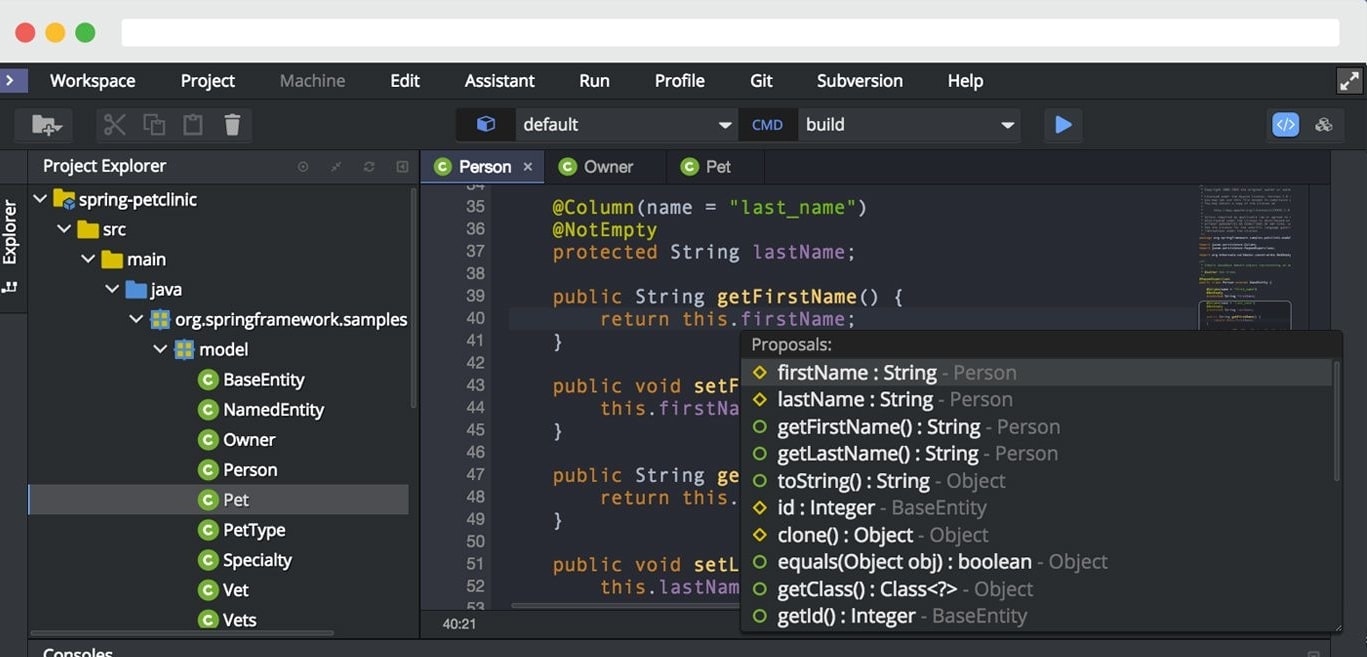

Note: If your project contains a web.xml file, delete it! Apparently unchecking the checkbox might not work. You should now see your project in the Project Explorer tab. Uncheck that checkbox, because you’re going to use the annotation instead of a web.xml file. The default settings for everything else should be okay.Ĭlick the Next button until you get to a screen that contains a Generate web.xml deployment descriptor checkbox. On the next screen, give your project a name. and in the dialog that pops up, go to Web > Dynamic Web Project and click Next. I recommend using Maven, but if you don’t want to use Maven for some reason, you can create a project without it. For the root directory, navigate to a directory that contains a pom.xml file. and then in the dialog that pops up, select Maven > Existing Maven Projects. To import one of these projects, go to File > Import. The examples in these tutorials are packaged as Maven projects. Now you can start creating servers and web apps! Importing Maven Projects Finally, you should see something that looks like this: If you see a welcome tab, you can close it. In the workspace chooser that pops up, I recommend creating a new workspace directory instead of reusing an existing workspace. Step through the installation process and then launch Eclipse EE. Choose Eclipse IDE for Enterprise Java and Web Developers: When the installer launches, a dialog asks you which version to install.
#ECLIPSE IDE FOR WEB DEVELOPERS DOWNLOAD#
Go to the Eclipse download page and download and run the installer.

You might have seen stuff referred to as EE, as in Java EE, Jakarta EE, or Eclipse EE.

Instead, this tutorial talks about using Eclipse to develop web apps. This tutorial assumes you’re already familiar with Eclipse from the Eclipse tutorial, so I won’t spend a ton of time introducing ideas like workspaces and projects.
#ECLIPSE IDE FOR WEB DEVELOPERS CODE#
It’s important to understand the fundamentals of how a web app works: stuff like running the server, and writing and compiling servlet classes.īut as your code gets more complicated, using a code editor like Eclipse will make your life much easier. So far you’ve been writing all of your code in a text editor, and compiling your servlet classes via the command prompt.

JSP Next: Post Requests Eclipse EE tutorial java server eclipse


 0 kommentar(er)
0 kommentar(er)
